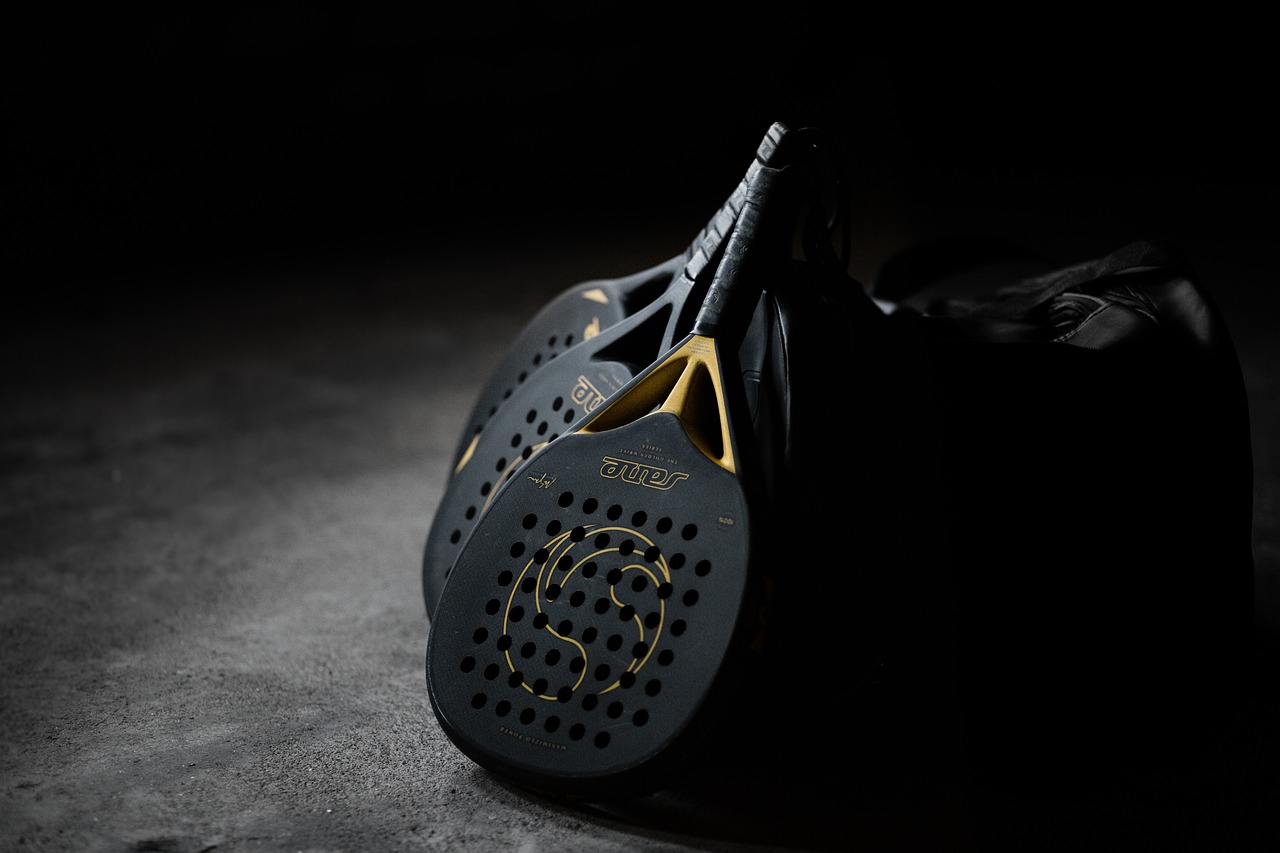Before hitting the paddle court, it's crucial for padel players to warm up properly to prevent injuries and perform at their best. A dynamic warm-up routine is essential to prepare your body for the intense movements and quick reactions required in padel. Start by jogging or skipping rope for 5-10 minutes to increase your heart rate and get your blood flowing. This will help loosen up your muscles and joints for the game ahead.
Next, focus on dynamic stretches and movements that mimic the actions you'll be performing on the padel court. Perform movements like leg swings, arm circles, and hip rotations to improve flexibility and range of motion. Incorporating lunges, squats, and side shuffles can also help warm up the muscles used in padel, such as the legs, core, and shoulders.
Incorporate some light hitting drills with your padel coach to help you get into the rhythm and timing of the game. Practice your serves, volleys, and smashes to prepare your body and mind for the demands of padel. Remember to stay hydrated throughout your warm-up routine and listen to your body to avoid overexertion. Following these tips will help you start your padel session on the right foot and perform at your best.
Essential Exercises for Strength and Stamina
Are you looking to improve your fitness levels and dominate the court during your padel games? Well, incorporating a mix of strength and stamina exercises into your training regimen is key. Padel coach recommends the following essential exercises to help you build up your strength and endurance.
1. Squats:
Squats are a great exercise that targets multiple muscle groups, including your quadriceps, hamstrings, and glutes. Start with bodyweight squats and gradually increase the resistance by adding weights as you progress. Proper form is essential, so make sure to keep your chest up, back straight, and knees in line with your toes.
2. Lunges:
Lunges are another excellent exercise that helps improve lower body strength and stability. Padel coach recommends incorporating forward lunges, reverse lunges, and lateral lunges into your workout routine. Focus on maintaining good posture and engaging your core to get the most out of this exercise.
3. High-intensity interval training (HIIT):
HIIT is a great way to improve your cardiovascular endurance and burn fat. Padel coach suggests incorporating HIIT sessions into your training program by alternating between short bursts of high-intensity exercises, such as sprints or burpees, followed by periods of rest or low-intensity activity. This type of workout is efficient and effective for building stamina and endurance on the padel court.
4. Planks:
Planks are a fantastic exercise for building core strength, which is essential for stability and power in your padel swings. Padel coach recommends incorporating different variations of planks into your routine, such as forearm planks, side planks, and plank jacks, to challenge your core muscles and improve overall strength and stability.
Injury Prevention Strategies on the Court
As a padel coach, it is crucial to emphasize injury prevention strategies to your players to ensure their fitness success on the court. One of the top tips for injury prevention is to always warm up properly before playing. This can include dynamic stretches, light jogging, and practicing padel shots to get your body ready for the game. Warming up helps increase blood flow to your muscles, making them more flexible and less prone to injuries.
Another important strategy recommended by padel coaches is to listen to your body during play. If you feel any pain or discomfort, it's essential to stop and assess the situation. Ignoring minor injuries can lead to more significant problems down the line. It's better to take a break and rest rather than push through the pain and risk a more severe injury.
Proper equipment is also crucial in injury prevention on the padel court. Make sure your shoes have good support and traction to prevent slips and falls. Wearing protective gear like knee pads and elbow pads can also help reduce the risk of injuries during intense rallies. Your padel coach can recommend the best gear for your specific needs and playing style.
Post-Match Recovery Tips for Peak Performance
After a grueling padel match, it's crucial to prioritize your recovery in order to maintain peak performance for future games. Here are some top tips recommended by our experienced padel coach:
First and foremost, hydration is key. Make sure to drink plenty of water to replenish the fluids lost during intense gameplay. Coconut water is also a great option for electrolyte replenishment. Proper hydration will help prevent muscle cramps and fatigue.
Secondly, don't skip out on post-match stretching. Take the time to stretch out your muscles to prevent tightness and reduce the risk of injury. Focus on areas that were heavily used during the match, such as your shoulders, back, and legs.
Lastly, don't underestimate the power of rest. Your body needs time to recover and rebuild after a demanding padel match. Aim for at least 8 hours of quality sleep each night to allow your muscles to repair and grow stronger. Listen to your body and don't hesitate to take a rest day if needed.
